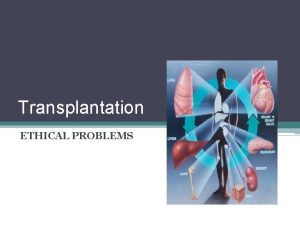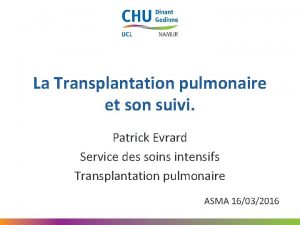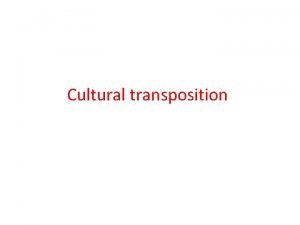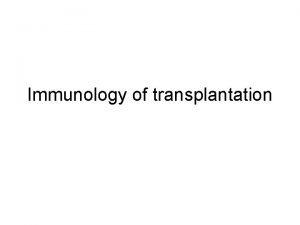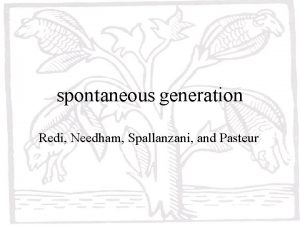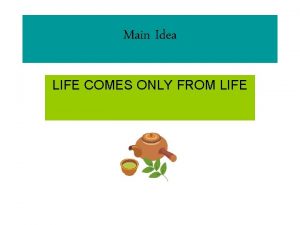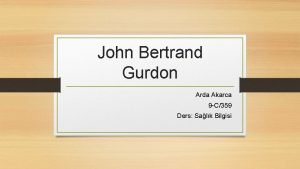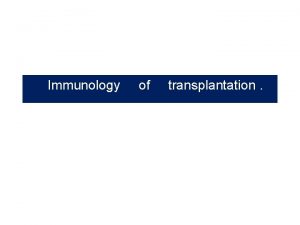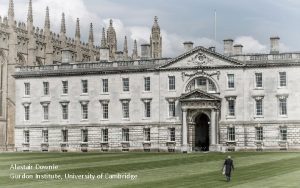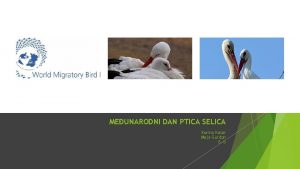Transplantation experiment John Gurdon What was the major










- Slides: 10


Transplantation experiment John Gurdon

What was the major goal of this paper? A. It is possible to use goats to clone lambs B. Investigate whether cellular differentiation in animal development involves irreversible genetic modifications C. To demonstrate that the nucleus from cells of the adult mammary gland can be used to clone lambs. D. To determine if the nucleus or the cytoplasm is more important for shaping the morphological characteristics. E. To demonstrate that any nucleus from cells in lambs can be used to clone lambs.

What was the major accomplishment of this paper that had not been achieved previously? A. The authors developed an efficient and successful nuclear transfer technique B. The authors demonstrated successful lamb cloning using three different populations of cells. C. The authors were the first to obtain a fully developed mammal from a cell derived from an adult tissue. D. The success rate of cloning was significantly higher than previous nuclear transfer experiments E. All of the above

Why in Fig. 2 the cloned lamb looks different from the recipient ewe? A. It is due to the natural variations of the animals B. It is because the transplanted nucleus determines the look of the cloned lamb. C. It is because the enucleated oocyte used determines the look of the cloned lamb. D. It is the hybrid appearance determined by both the donor nucleus and the enucleated oocyte E. It is mainly due to epigenetic factors.

Human Genetic Variation 2007 Scientific Breakthrough of the Year Simple Individual 1 Individual 2 Individual 3 Individual 4

Restriction enzymes Restriction Enzymes: E. g. , Eco. R 1 G-A-A-T-C-C C-T-T-A-G-G Can’t be digested by Eco. R 1

RFLP: Restriction Fragment Length Polymorphism Individual 1 Individual 2

Finn Dorset Scottish blackface Poll Dorset black welsh Cloned lamb

What would be your major criticisms of this paper if you were a reviewer A. The success rate was a bit too low ( < 6%) B. I want to see at least one more successful cloning derived from cells of adult mammary epithelium. C. I don’t think this is a significant advance over the Xenopus experiments performed by Sir Gurdon. D. I want to see the authors obtain successful cloning using cells from a different adult tissue (e. g. intestine cells). E. I am so impressed by this paper that I fully endorse its publication in Nature.


